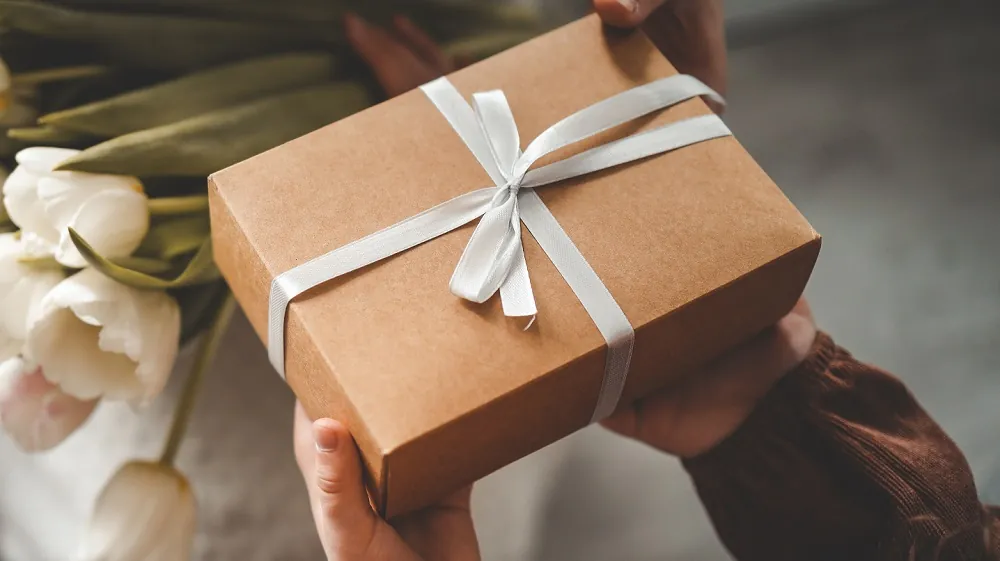In a review published in Nature, researchers have explained how and why cells transfer mitochondria to one another, proposing that this transfer allows organisms to be more resilient against energy deficiencies.
A relatively recent discovery
It was not until 2006 when a team of researchers realized that mitochondria were not restricted to their cellular environments, as cells that had no mitochondria at all were rescued by culturing them alongside other cells [1]. This landmark study set up a large number of other studies showing that mitochondrial transfer is a significant part of human biology, in both normal function and disease.
Three methods of transfer
When cells come into contact, they can transfer mitochondria directly. There are two methods: transient nanotubes (TNTs) [2] and gap junctional channels (GJCs) that are mediated by connexin 43, although this protein is also involved in TNTs [3]. These direct connections have been extensively documented in the literature, spanning a wide variety of tissues and even cancer cells. It remains unknown just how much control cells have over this process; for example, it is unclear if there are circumstances under which mitochondria or other cellular components are selected for transfer.
Extracellular vesicles can contain mitochondria. Sometimes, these are components that have been damaged through oxidative stress and are simply being excreted for disposal rather than destroyed within the cell; this release is not always a bad thing, as it can prepare organs such as the heart to repair damage [4]. Healthy mitochondria can also be released to help alleviate or repair damage; for example, in the brain following a stroke, astrocytes will release mitochondria to neurons to help protect against hypoxia [5].
Mitochondria can also be released without vesicles. Free mitochondria can be generated by platelets [6] and fat cells [7]. This mechanism is the least well-understood of the three, in large part because cells normally consume freely floating particles. However, research has noted that freely floating mitochondria have some mechanism of being incorporated into cells rather than simply digested [8].
Sharing generation and mediating inflammation
The reviewers posit their own ‘generator hypothesis’ for mitochondrial transfer. Living organisms have evolved to handle energy problems by allowing cells to borrow generation until it is no longer necessary. This hypothesis is supported by research suggesting that certain cells do not use freely floating, purified mitochondria unless the cells are metabolically stressed [7].
Research has found that mitochondrial transfer modulates inflammation in both directions. Platelets releasing mitochondria to neutrophils encourages inflammation as part of wound healing [9]. This inflammation can be immediately harmful: mitochondria play a significant role in organ rejection as well [10]. On the other hand, mitochondria from mesenchymal stem cells to T cells have been shown to encourage them to play an immunomodulatory role, restricting systemic inflammation [11].
Furthermore, osteoblasts, the cells responsible for building bone, have been found to donate their own mitochondria to osteoblasts, encouraging them to differentiate into more osteoblasts [12].
An avenue for therapies
The researchers note that a mitochondrial therapy is already in the clinical trial process. Children who had problems with mitochondrial DNA have had samples of their own stem cells removed in order to give those cells healthy mitochondria. Those stem cells were then cultured and released back into their donors, with positive results [13].
Other research might be done to block, rather than promote, mitochondrial transfer, as it can be harmful in more contexts than organ rejection. A recent study found that cancer cells steal mitochondria from T cells [14].
As healthy cells gradually lose their mitochondria to dysfunction, it may be a viable strategy to use extracellular vesicles in order to replenish their depleted stocks. Ideally, if every cell in the body can be gifted with healthy and functional mitochondria, then mitochondrial dysfunction can be effectively crossed off as an aspect of aging.
Literature
[1] Spees, J. L., Olson, S. D., Whitney, M. J., & Prockop, D. J. (2006). Mitochondrial transfer between cells can rescue aerobic respiration. Proceedings of the National Academy of Sciences, 103(5), 1283-1288.
[2] Lou, E., Fujisawa, S., Morozov, A., Barlas, A., Romin, Y., Dogan, Y., … & Moore, M. A. (2012). Tunneling nanotubes provide a unique conduit for intercellular transfer of cellular contents in human malignant pleural mesothelioma. PloS one, 7(3), e33093.
[3] Yao, Y., Fan, X. L., Jiang, D., Zhang, Y., Li, X., Xu, Z. B., … & Fu, Q. L. (2018). Connexin 43-mediated mitochondrial transfer of iPSC-MSCs alleviates asthma inflammation. Stem cell reports, 11(5), 1120-1135.
[4] Crewe, C., Funcke, J. B., Li, S., Joffin, N., Gliniak, C. M., Ghaben, A. L., … & Scherer, P. E. (2021). Extracellular vesicle-based interorgan transport of mitochondria from energetically stressed adipocytes. Cell Metabolism, 33(9), 1853-1868.
[5] Hayakawa, K., Esposito, E., Wang, X., Terasaki, Y., Liu, Y., Xing, C., … & Lo, E. H. (2016). Transfer of mitochondria from astrocytes to neurons after stroke. Nature, 535(7613), 551-555.
[6] Boudreau, L. H., Duchez, A. C., Cloutier, N., Soulet, D., Martin, N., Bollinger, J., … & Boilard, E. (2014). Platelets release mitochondria serving as substrate for bactericidal group IIA-secreted phospholipase A2 to promote inflammation. Blood, The Journal of the American Society of Hematology, 124(14), 2173-2183.
[7] Borcherding, N., Jia, W., Giwa, R., Field, R. L., Moley, J. R., Kopecky, B. J., … & Brestoff, J. R. (2022). Dietary lipids inhibit mitochondria transfer to macrophages to divert adipocyte-derived mitochondria into the blood. Cell metabolism, 34(10), 1499-1513.
[8] Cowan, D. B., Yao, R., Thedsanamoorthy, J. K., Zurakowski, D., Del Nido, P. J., & McCully, J. D. (2017). Transit and integration of extracellular mitochondria in human heart cells. Scientific reports, 7(1), 17450.
[9] Boudreau, L. H., Duchez, A. C., Cloutier, N., Soulet, D., Martin, N., Bollinger, J., … & Boilard, E. (2014). Platelets release mitochondria serving as substrate for bactericidal group IIA-secreted phospholipase A2 to promote inflammation. Blood, The Journal of the American Society of Hematology, 124(14), 2173-2183.
[10] Scozzi, D., Ibrahim, M., Liao, F., Lin, X., Hsiao, H. M., Hachem, R., … & Gelman, A. E. (2019). Mitochondrial damage–associated molecular patterns released by lung transplants are associated with primary graft dysfunction. American Journal of Transplantation, 19(5), 1464-1477.
[11] Court, A. C., Le-Gatt, A., Luz-Crawford, P., Parra, E., Aliaga-Tobar, V., Bátiz, L. F., … & Khoury, M. (2020). Mitochondrial transfer from MSCs to T cells induces Treg differentiation and restricts inflammatory response. EMBO reports, 21(2), e48052.
[12] Suh, J., Kim, N. K., Shim, W., Lee, S. H., Kim, H. J., Moon, E., … & Lee, Y. S. (2023). Mitochondrial fragmentation and donut formation enhance mitochondrial secretion to promote osteogenesis. Cell metabolism, 35(2), 345-360.
[13] Jacoby, E., Bar-Yosef, O., Gruber, N., Lahav, E., Varda-Bloom, N., Bolkier, Y., … & Toren, A. (2022). Mitochondrial augmentation of hematopoietic stem cells in children with single large-scale mitochondrial DNA deletion syndromes. Science Translational Medicine, 14(676), eabo3724.
[14] Zhang, H., Yu, X., Ye, J., Li, H., Hu, J., Tan, Y., … & Li, B. (2023). Systematic investigation of mitochondrial transfer between cancer cells and T cells at single-cell resolution. Cancer Cell, 41(10), 1788-1802.




